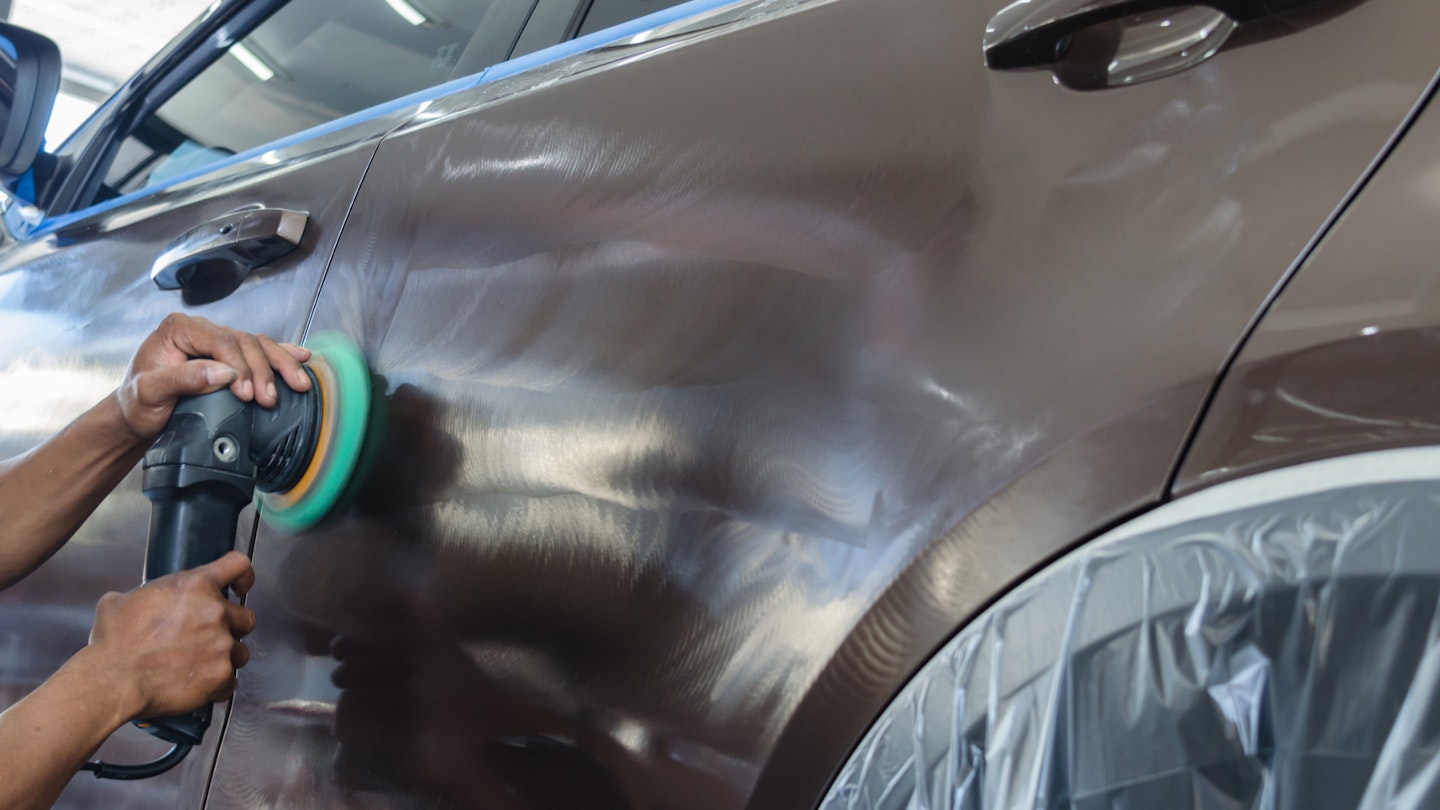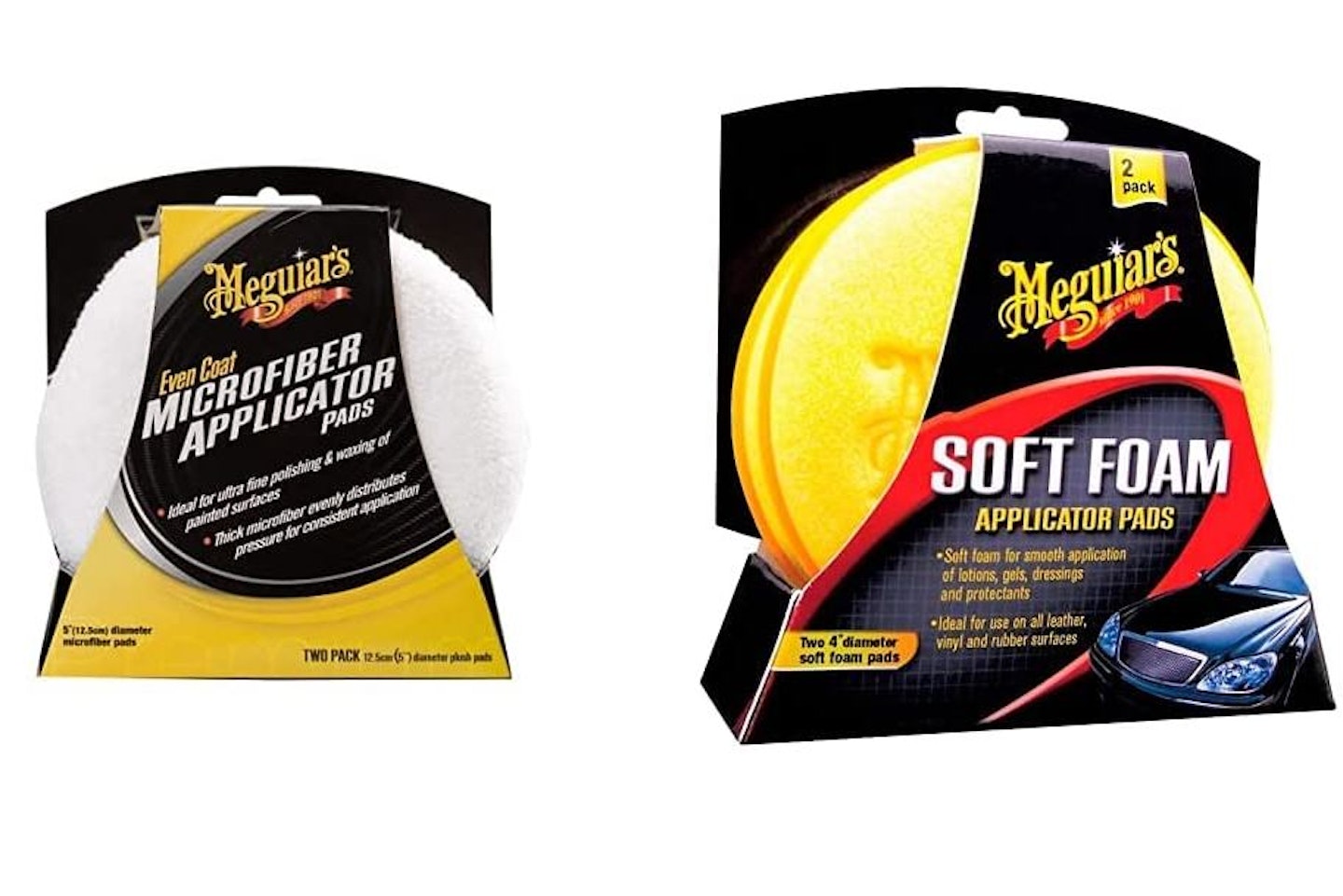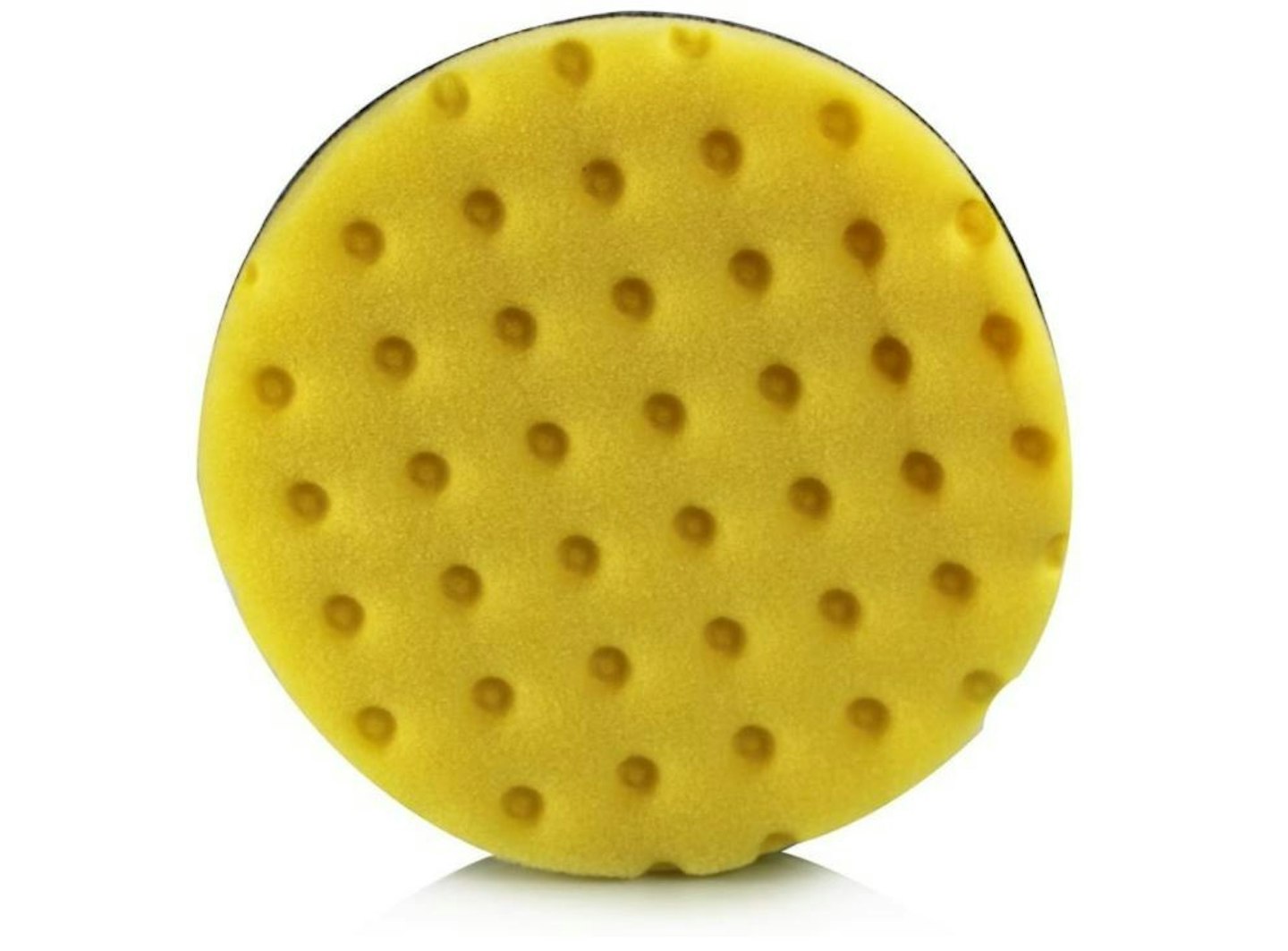Many of us care about maintaining the appearance of our car's paintwork, and a cutting compound can work wonders to help us achieve this. Scratches and swirls and blotches can be very irritating indeed. However, many of us are also hesitant to use anything stronger than a standard car polish to fix these imperfections out of fear it might cause more problems than it solves.
In this guide, we look at those stronger polishes called rubbing or cutting compounds. In the right circumstances, they are extremely useful and something DIYers can certainly use, but you do need to be careful. Overuse or aggressive application may cause excessive paint removal, so it's crucial to follow the manufacturer's instructions and guidelines.
The best cutting compounds at a glance:
Editor's choice: Meguiar's Ultimate Compound Colour & Clarity Restorer - Buy now from Amazon UK
Best for value: Turtle Wax Rubbing Compound Heavy Duty Cleaner - Buy now from Amazon UK
Best light compound: T-Cut Perfect Compound - Buy now from Amazon UK
The paintwork on modern cars consists of three layers. The first is the primer, the second is the colour coat, and the final outer layer is the clear protective coat. Minor scratches to car paintwork occur on this outer clear coat, and that’s where cutting compound can be useful. The paint needs to be clean and dry before any cutting compound or polish can be applied. You need to remove debris and grit, otherwise, you will likely add more scratches. You can help ensure you have removed all the contaminants from the paintwork by using a clay bar. So here are our picks of the best cutting compounds and accessories to keep your paintwork looking as good as it can.
The best cutting compounds
Editor's choice
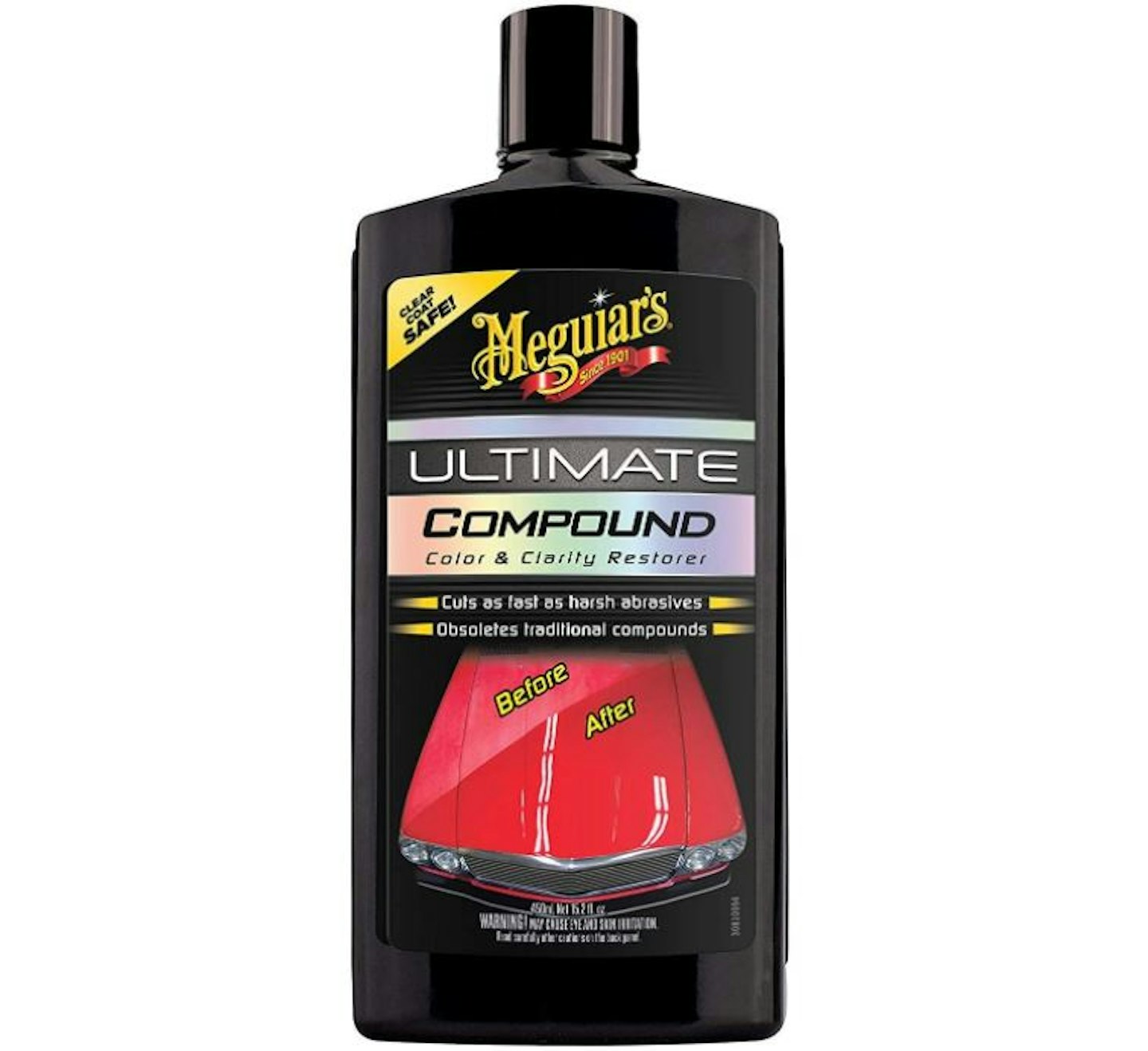
There are heavier cutting compounds than this, but Meguiar's Ultimate Compound is likely to be as aggressive as you need for most DIY purposes. You can apply this either by hand or with a polishing machine, and in either case, is very effective in tarting up faded paint, swirls, and medium clear coat scratches. Make sure you follow this up with a finishing polish and a protective coat.
Pros
- Great all-rounder
- Less effort than expected
Cons
- Not so effective on deeper scratches
Best for value
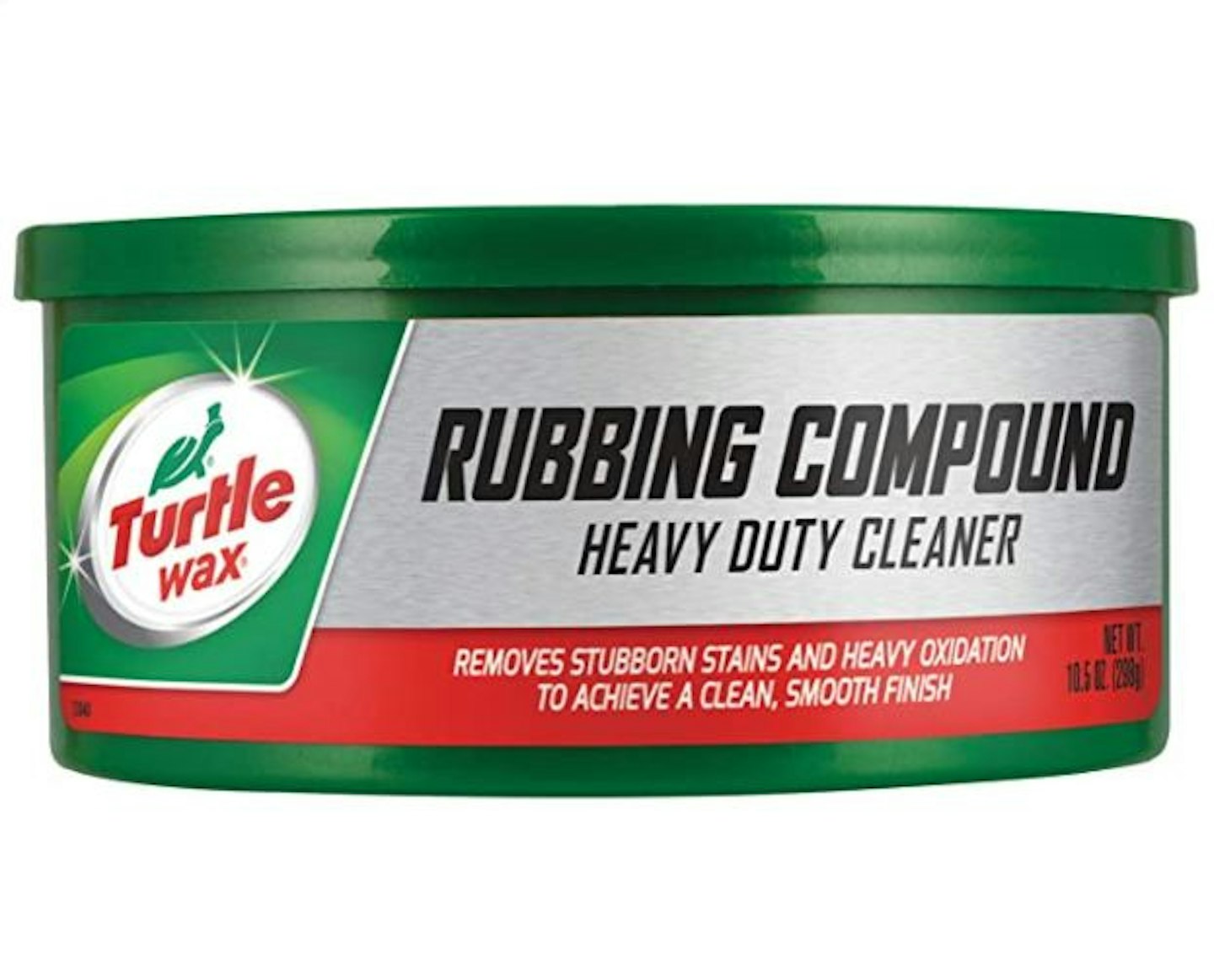
This rubbing compound is similar in its aggressiveness to Meguiar's Ultimate Compound above but is recommended for hand application only. Therefore, use it on moderate scratches, swirling, oxidisation, or other such blemishes. It should be followed by a finer polish, too.
Pros
- Can be used to restore headlights
- Safe on all types of paintwork
Cons
- Hand application only
Best light cutting compound
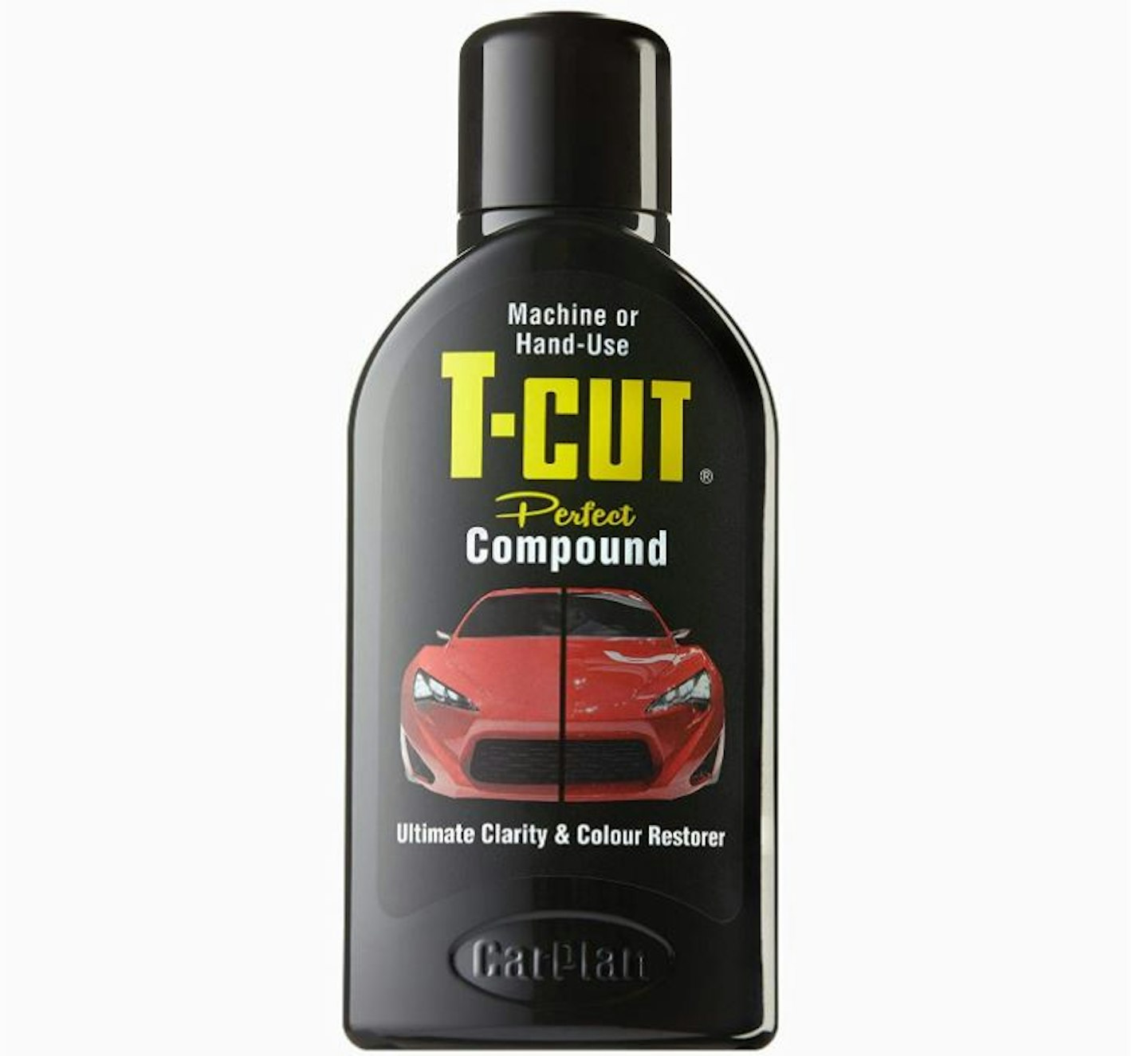
T-Cut Perfect Compound is a trouble-free compound that is good for beginners because you can't get into too much trouble with it. It'll tackle light imperfections quite happily but for anything more serious (for example, scratches that have a little texture) you should consider the options above.
Pros
- Good for beginners
- Suitable for use with hand or dual-action polishers
Cons
- Not suitable for Matt or special effect paintwork
Best finishing polish
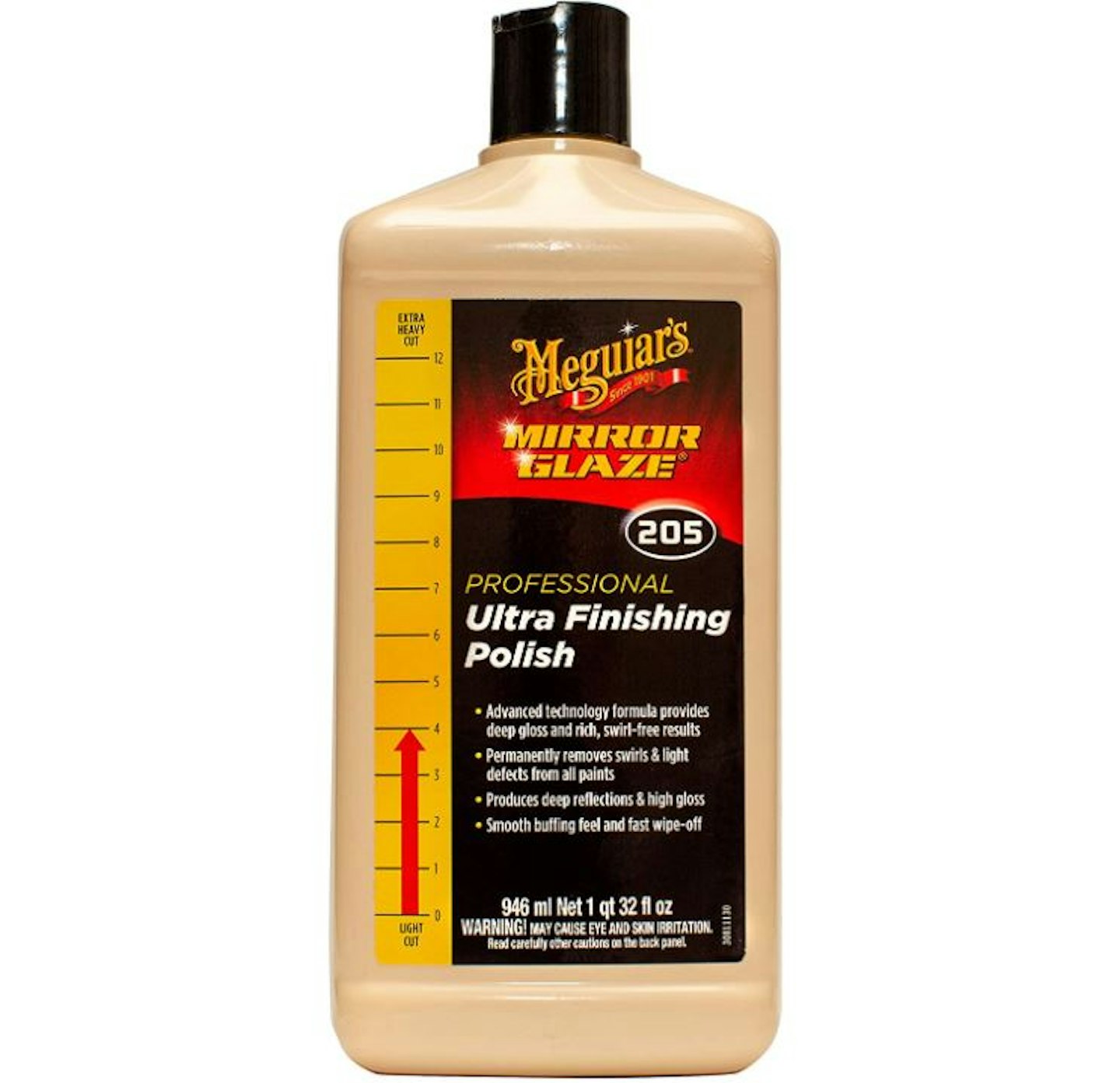
This is what you can apply after the medium compounds to achieve that smooth, glossy finish. This finishing polish is truly excellent, and you'll be amazed at how well it makes your car shine. Also, almost a litre of polish will last you a good while.
Pros
- Easy application
- Great finish
Cons
- Dries quite quickly
Recommended applicator pads
Best for hand application
This set includes two sets of two. One set is soft foam pads (four-inch) for polish or wax, the other is microfibre pads (five-inch) for applying polish or compound.
Pros
- Helps with even application
- Ideal for hand polishing
Cons
- Still requires some effort
Best for light and medium compounds

This 6.5-inch pad is for medium to light polishing with a polishing tool. Restores gloss after cutting away scratches and swirls. The hex pattern gives an even spread and allows airflow through the pad to prevent overheating.
Pros
- Easy to wash and reuse
- Even spread of product
Cons
- Need to be kept clean during cutting
Best for heavy compounds
A heavy 5.5-inch cutting pad for more severe scratches. Partially closed-cell (CCS) foam allows for less polish absorption into the pad, making the product last longer and creating less heat.
Pros
- Good for deeper scratches
- Uses less product
Cons
- Velcro fasteners could be better
What is cutting compound?
Like your Turtle Wax polish, you have on the garage shelf, cutting compound is an abrasive substance used for clearing up imperfections in the top layer of a car's paintwork. The paintwork on modern cars consists of three layers: the basecoat primer, the colour coat, and the final outer clearcoat.
Polishes and cutting compounds work by removing a very thin layer of the clearcoat to remove the scratches. Just as scratches vary in severity, cutting compounds vary in abrasiveness. Thus, heavier cutting compounds are used for clearing more moderate damage done to the clearcoat, while finer ones and finishing polishes get rid of minor swirls and smooth the paint.
You may have come across the term rubbing compound too. It’s more aggressive than polish but finer than cutting compound. Rubbing compound is what we would recommend to most people who need something with a little more oomph than their standard car polish without going overboard.
When to use cutting compound
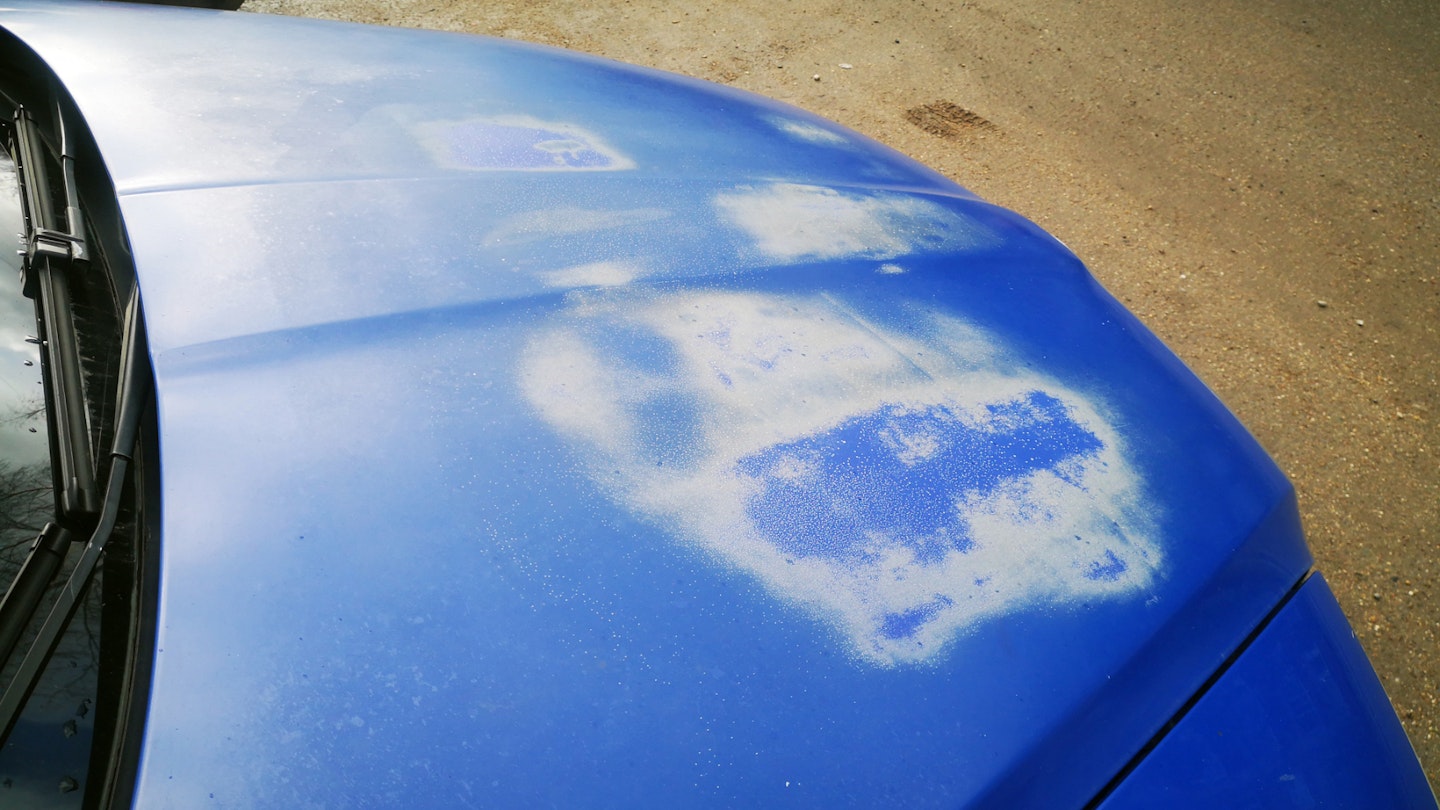
For the casual weekend car detailing session, cutting compound is not normally needed. A standard quality car polish such as Sonax Car Polish will serve you well. It’ll get rid of common minor swirls or scratches and make your car shine.
But if your car is suffering from noticeable paint fade, oxidisation, or more severe surface scratches (or maybe you've bought a second-hand car with such ailments), then some cutting compound will be needed here. Cutting compound is what you turn to for paint restoration. It shouldn't be used often because it is removing the clearcoat top layer, and with overuse, it will wear it away completely.
Cutting compound works on the top clearcoat only. Deep scratches and paint chips that penetrate through the clearcoat and into the colour coat or primer can’t be fixed with cutting compound. This kind of damage requires re-applying primer, colour, and clear coat either yourself or by employing a professional.
How to use cutting compound
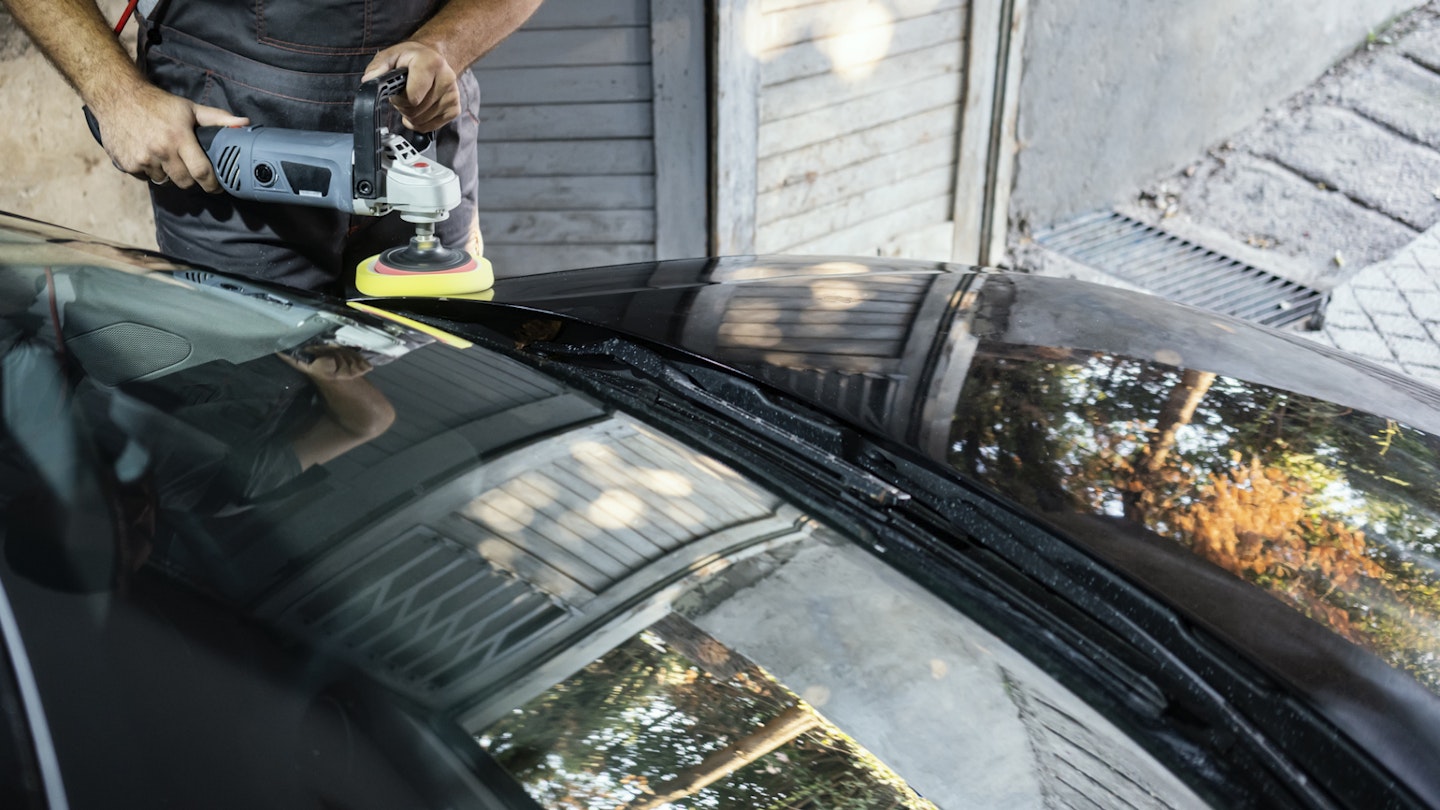
Applying cutting compound or polish by hand is easier but naturally slower than using a polishing tool. But with a polishing tool, you need to be more careful about even pressure because it’s quite easy to overdo it and cause more paint problems. In the case of both, applicators pick up grit and debris during the process and you must rinse the pads frequently, otherwise, you might end up adding more scratches.
Following the application of polish, you should buff the paintwork with a clean pad or towel and then add a protective layer of wax or paint sealant. Adding a protective layer is extremely important. Failing to do so will result in your hard work being undone in a jiffy as soon as the paintwork is exposed to sun, weather, and debris.
Paint restoration using cutting compound happens in stages. First, the paint damage is removed using a heavier cutting compound. You subsequently use finer compounds, with each stage removing the imperfections left by the previous application. The process repeats, with each stage improving the paintwork until you are left with a smooth, vibrant finish.
It depends on the severity of the damage that determines how aggressive a compound you use.
Chris Williams is an Automotive Content Writer for Parkers and CAR Magazine, but he also contributes to Live For The Outdoors and What's The Best. He trained as an automotive journalist in New Zealand, prior to which he studied International Relations and History.
